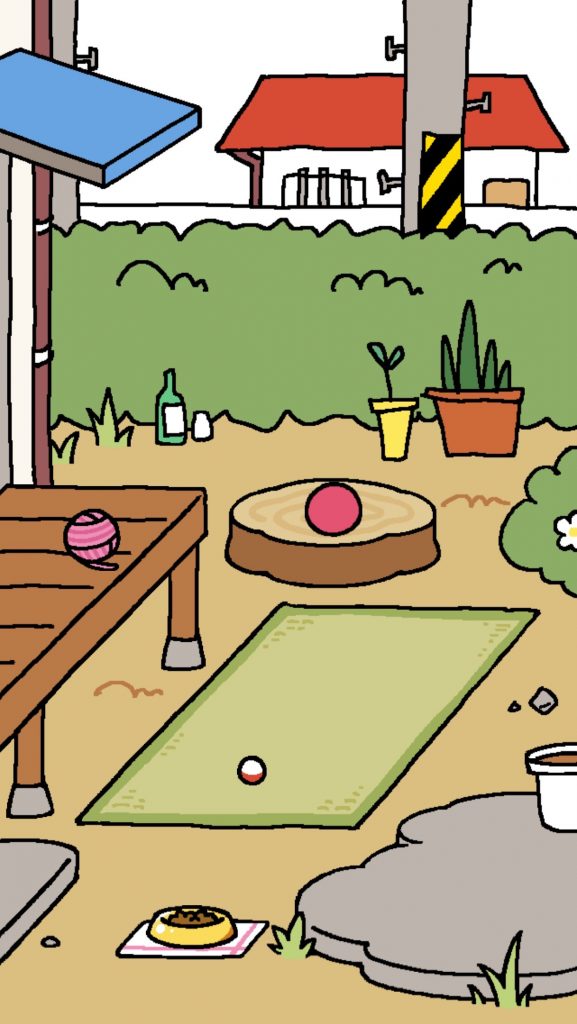
We have been discussing what we can learn about visualizations from gaming. One broad area is to look at how games use HUDs (Heads-Up Displays). Another is to look at how games use the time of the player. Perhaps the most unintuitive use of time is the postponement typical of various pet simulators and the recently popular and translated Neko Atsume: Kitty Collector game. In pet simulations like the Tamagotchi the chronotope is not the intense, fast, immersive experience of a first-person shooter, but the slow everyday rhythms and spaces of life. You carry the toy with you and feed your pet in real time. For periods you can’t do much unless you speed up the time. The play is in how you sustain play with small interventions over time. Imagine if we had visualizations that postponed gratification?
The Kitty Collector game depends on your not playing. The idea is to collect stray cats by leaving food and toys out for them. You then have to leave and stay away, as you would with any cat, and wait until they choose to visit. The game is thus played over days and weeks. I tend to forget about the game and neglect to put out food so I’m not doing too well.
The interface to Kitty Collector is simple. You pick the things to put out (and buy the fancier ones in a pay-to-play-more model) and then you place them in your backyard (see above.) You go away and come back later to see if any cats have been tempted. Over time you collect snap-shots of the local strays.
How would this work for visualizations? Suppose there were visualization tools that similarly only worked if you put out sardines for truths? Suppose we hooked visualization tools up to the sort of hypothesis generating machine that Patrick Juola imagined with his Conjecturator. One might “paint” what sorts of results one is looking for in big data and then go away and let the visual toy generate possibilities from the data. You would come back to check what conjectures seem to match.
The point is that we can learn from how games play with the time of playing. Visualization like playing with a pet simulator doesn’t have to be a short intense immersion. Why can’t it involve postponement and the putting out of temptations?
In the meantime I need to go put out some new toys for the kitties. They are tired of the yarn.

